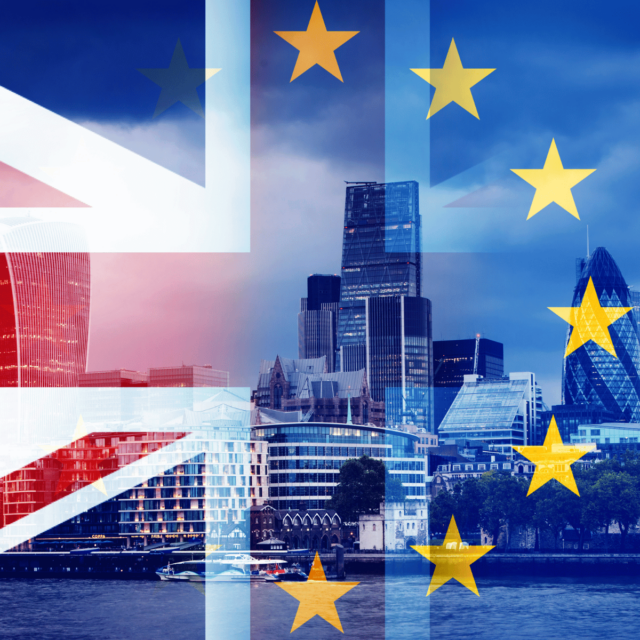- Home
- Publications
- Assets And Liabilities And Scottish Independence
Assets and Liabilities and Scottish Independence
 Pub. Date
Pub. Date
 Pub. Type
Pub. Type
Related Themes
Productivity, Trade, and Regional EconomiesPaper Category Number
426
Scottish independence implies an economic future that is different from remaining in the United Kingdom. The economic debate largely comes down to whether this would leave Scots better or worse off. By most measures, Scotland’s current economic standing is very similar to that of an average UK region. Output per head, income and unemployment are almost all exactly the same as the average UK region. This is not surprising given the economic and social integration and shared institutions, and is consistent with the idea of conditional convergence. This suggests that after controlling for differences in institutions and other characteristics (so-called ‘initial conditions’), countries tend to converge to similar levels of income.[1] However, if Scotland becomes an independent nation, some of the shared UK assets, liabilities and institutions would need to be divided-up. This would change the ‘initial conditions’ for Scotland and the rest of the UK and therefore we would be likely to see a different economic future for both regions.
[1] See Barro and Sala-i-Martin, 1991
Related Blog Posts

Exploring the Data on UK Productivity Performance
Issam Samiri
Stephen Millard
11 Dec 2023
4 min read

UK Investment Past and Prospects: A Framework for Analysis
Catherine Mann
01 Dec 2023
6 min read


Where Are We With Regional Inequalities in the UK?
Adrian Pabst
Jagjit S. Chadha
01 Nov 2023
5 min read
Related Projects
Related News


Related Publications

The Nature of the Inflationary Surprise in Europe and the USA
21 Mar 2024
Discussion Papers


Productivity and Investment: Time to Manage the Project of Renewal
12 Mar 2024
UK Productivity Commission

Energy and Climate Policy in a DSGE Model of the United Kingdom
08 Mar 2024
Discussion Papers
Related events

Investing for Growth: boosting productivity through higher public and private investment

The Outlook for the Welsh Economy

Prais Lecture with Chris Pissarides: The Future of Work and Wellbeing

A View and Prospects for British Investment

How Can We Raise Investment?

Productivity Commission Evidence Session: Examining the Role of International Investment

High Dimensional Forecasting and its Pitfalls – M. Hashem Pesaran

Finance and Growth Workshop







